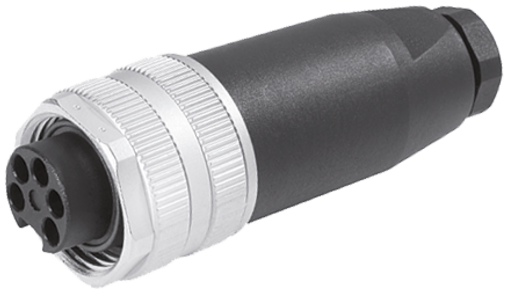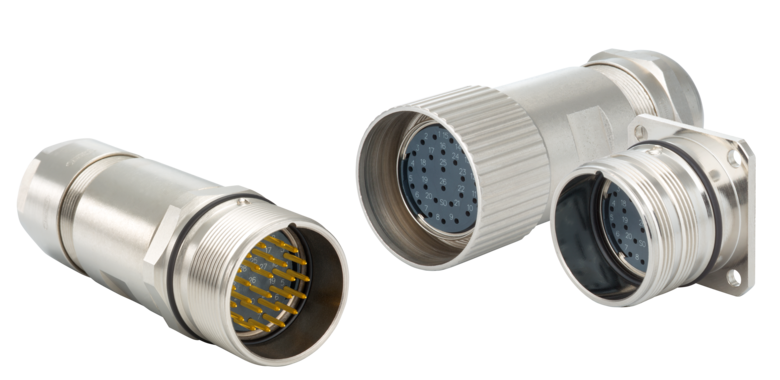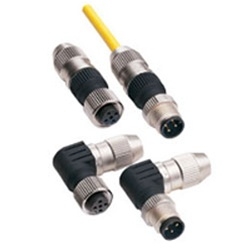Field wireable connectors, an unsung hero.
- Dec 8, 2022
- 2 min read
Updated: Jan 24, 2023
A machine goes down and you finally trace it back to a frayed sensor cable between the sensor and the control cabinet. Do you grab the soldering iron and electrical tape, no way! You know this must last and signal integrity critical. So, you’re a pro and you reach into your bag and grab a field wireable connector. In one minute you have the wires spliced back together perfectly and the machine back up.

These little guys, technically referred to as an Insulation Displacement Connectors IDC for short, allow machine builders and maintenance personnel all around the world to shorten, extend and connect connector and cables in a jiffy.
We call them field wireables in America though because so often you’re on the plant floor and have to do this work on the fly. For our European friends they call them Field Attachable connectors. The cool thing is that most units do not require any special tools and you don’t even need to strip the individual wires to use them. Just cut the sheathing off the cable jacket, slide the few pieces over the cable and screw things tight. That easy.

If you want to see how easy they are to build head over to YouTube and see what we mean.
You can get them in nearly every common connector type with, M12, 7/8”, RJ45, ZIPort and M23 connectors being the most popular. These can be found in any number of pole configurations, right angled or straight. Many others in just about any configuration you can imagine are also readily available.

They come in all manner of Ingress Protection (IP) ratings, all the way up to IP69k. IP69k means they are impervious to dust and close-range high-pressure spray as you might find in pharmaceutical or food processing plants. Various temperature and voltage ratings are also offered.
Besides fixing broken cables there are other scenarios that field wireables are used. Machine builders for example and OEM’s will not know the exact cable length of a sensor cable they need to purchase so they purchase the cable long with flying leads (no connector). Then it is up to the person building the unit on the floor to cut the cable to length and add the appropriate connector.
Other times you need to extend a cable and may even need to build your own cable from stock you have laying around. Maybe you need to go from an M8 to M12. Easy.
Often field wireables though just allow the builder or technician to get the cable length just right to help keep cable management under control. Nothing worse than a beautiful machine with a huge rat’s nest of wires everywhere. Cable management matters. Looks matter. We don’t care what anyone says.
So when a cable breaks and you need a quick perfect repair, reach into your bag and pull out a field wireable.
Panel Pros designs, builds, and upgrades industrial control cabinets daily. We are passionate about well organized, clean, and professional control cabinets. If your team has better things to do than to build industrial control panels give us a call. We’d love to help.


















Field Wireable Connectors are typically available in Nickel-Plated Brass as well as Nylon 66 and they can handle a wide range of voltages from 30V, 60V and even 250V AC/DC. They are available in a host of codings including A-Code, B-Code, C-Code, D-Code and L-Code and more. It is important to know that to make sure you have a tight seal to obtain the highest IP rating possible the cable end of the Field Wireable Connector needs to be the appropriate size in relation to the diameter of the cable. For example, many M12 Field Wireable Connectors have wire end sizes of PG-7 and PG-9. A PG-7 can handle wire diameters of 4-6mm (22-26 AWG) and a PG-9 can handle…
Very informative read. You did a great job portraying the different uses of the Field Wireable Connector, and I also found it extremely interesting that these connectors were classified under different names outside of the United States.
-Joe H
Marketing Assistant
Mueller Electric